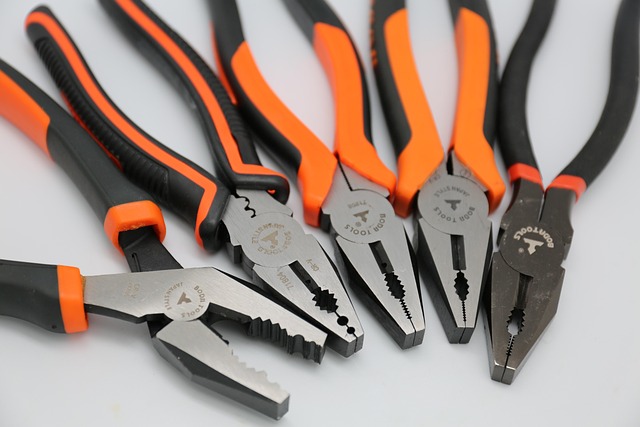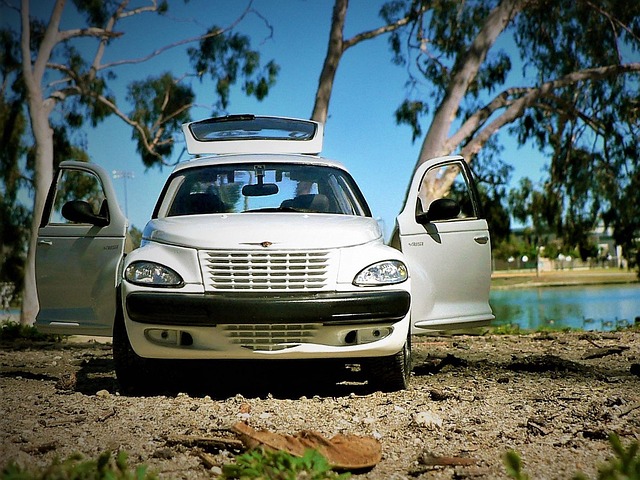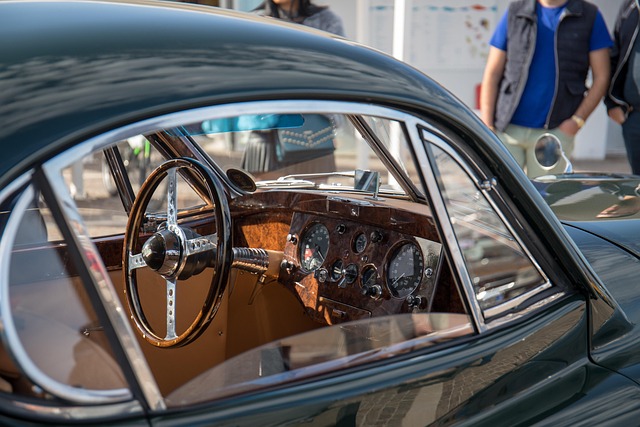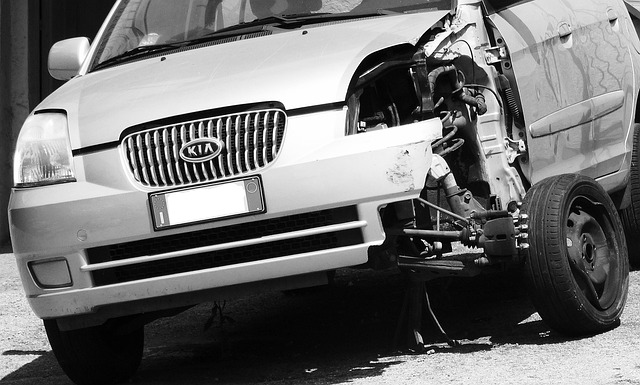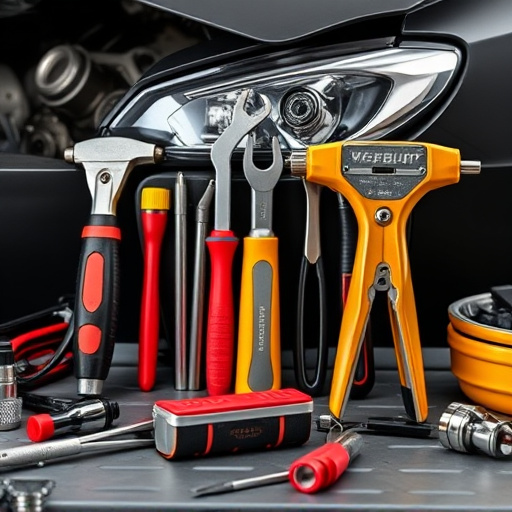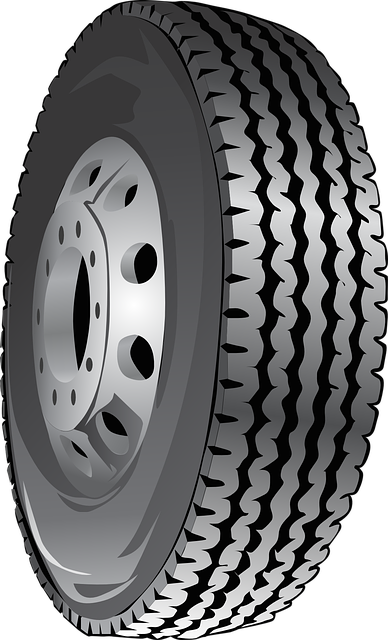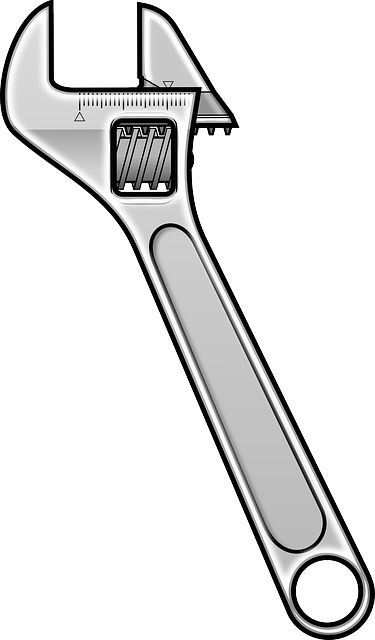Frame rail repair is a critical auto body service addressing structural damage caused by accidents, rust, or manufacturing flaws. Skilled technicians inspect misalignments, cracks, and deformities, selecting repair methods from straightening to welding or replacement. Precision welding techniques like arc and gas welding are employed with strict safety protocols and best practices to ensure robust vehicle structures and adherence to automotive standards. Proper wheel alignment during tire services completes the process for safe driving after frame rail repairs.
In the realm of automotive restoration, frame rail repair stands as a critical technique for ensuring structural integrity. This article delves into the intricate role of welding in modern frame rail repair techniques. We explore common types of frame rail damage and the tailored repair requirements needed for optimal vehicle performance. By examining advanced welding methods, best practices, and safety measures, this guide offers valuable insights for professionals and enthusiasts alike, underscoring the significance of accurate frame rail repair for long-lasting vehicle stability.
- Understanding Frame Rail Damage and Repair Requirements
- Welding Techniques for Effective Frame Rail Restoration
- Best Practices and Safety Measures in Frame Rail Repair Using Welding
Understanding Frame Rail Damage and Repair Requirements
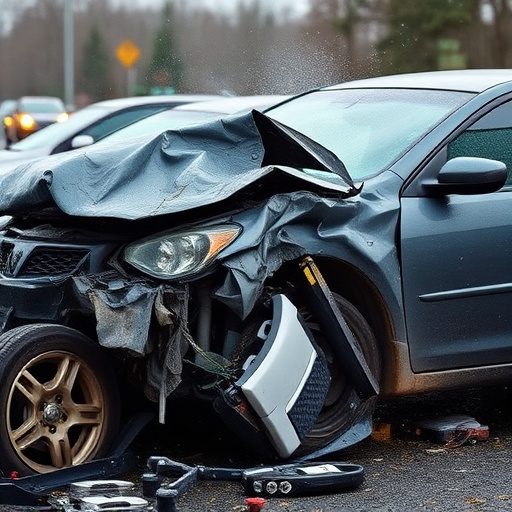
Frame rail damage can arise from various factors such as accidents, rust, or manufacturing defects, requiring meticulous repair techniques to ensure structural integrity. Understanding the extent of the damage is crucial for effective frame rail repair. Auto body repair specialists begin by thoroughly inspecting the affected area, considering both visible signs and underlying issues. This process involves checking for misalignments, cracks, or deformities in the frame rail, as well as assessing the condition of adjacent components like suspension systems and mounting points.
Accurate diagnosis is key to selecting the appropriate repair method. Depending on the severity, body shop services may involve straightening the frame rail using specialized equipment, replacing damaged sections with new components, or reinforcing weak spots through strategic welding. Tire services are also often considered during the repair process, as properly aligned wheels and suspension play a vital role in ensuring safe and smooth driving after frame rail repair is completed.
Welding Techniques for Effective Frame Rail Restoration
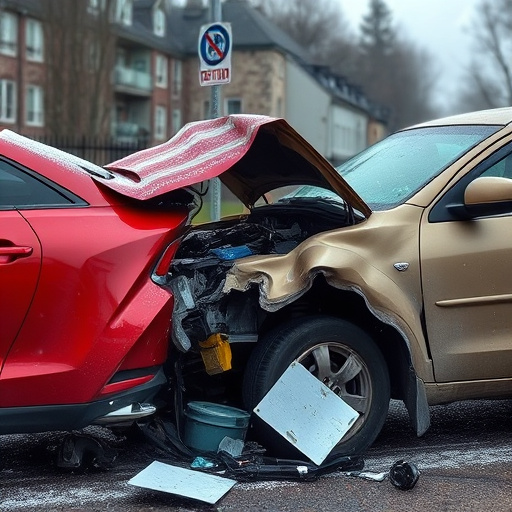
In the realm of auto body work, frame rail repair stands as a cornerstone for restoring structural integrity in vehicles. Welding techniques play an indispensable role in this process, offering both precision and strength. The most common methods involve arc welding and gas welding, each with its unique advantages. Arc welding, characterized by high heat and continuous ignition, allows for precise, deep penetration welds, making it ideal for joining or repairing heavily damaged frame rails. Gas welding, on the other hand, offers better control and is suitable for more subtle corrections, ensuring a strong bond without excessive heat impact.
These techniques are crucial in automotive body shops where restoration involves intricate frame rail repair. Skilled technicians employ these methods to realign, reinforce, or even replace damaged sections, achieving a robust and safe vehicle structure. Effective frame rail repair not only ensures the structural soundness of vehicles but also serves as a testament to the craftsmanship and expertise within top-tier vehicle body shops.
Best Practices and Safety Measures in Frame Rail Repair Using Welding
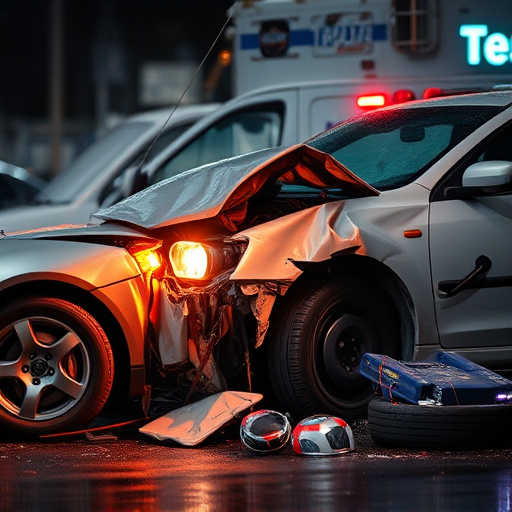
In frame rail repair using welding, adhering to best practices and prioritizing safety is paramount. Before initiating any repair process, ensuring proper ventilation and donning protective gear, including gloves, goggles, and a respirator, is essential. This safeguard is crucial because welding generates intense heat and hazardous fumes that can pose significant risks if not controlled effectively.
Effective frame rail repair involves precise alignment and secure bonding of the damaged sections. Welding professionals in collision centers or car bodywork shops should employ clean welding techniques to minimize heat impact on adjacent components, preventing unnecessary damage to other parts of the vehicle. Regularly inspecting welds for consistency, quality, and structural integrity is a critical step, ensuring that each repair meets automotive repair standards.
In conclusion, welding plays a pivotal role in frame rail repair techniques, offering robust and durable solutions for damaged vehicle frames. By understanding the specific repair requirements and implementing the right welding techniques, professionals can effectively restore structural integrity. Adhering to best practices and safety measures ensures precise results, minimising risks, and ultimately contributing to safer vehicles on the road. Frame rail repair, when executed properly using welding, becomes a game-changer in automotive maintenance, ensuring vehicles meet high safety standards.
